The Americas
Queen Califia
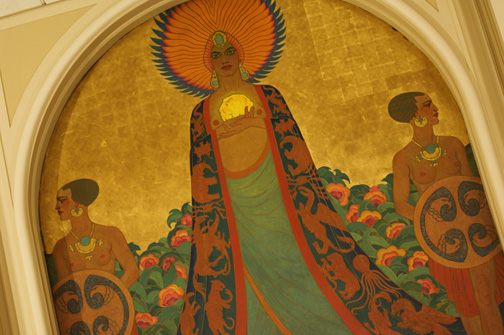 From Wikipedia
From Wikipedia Vasco Núñez de Balboa
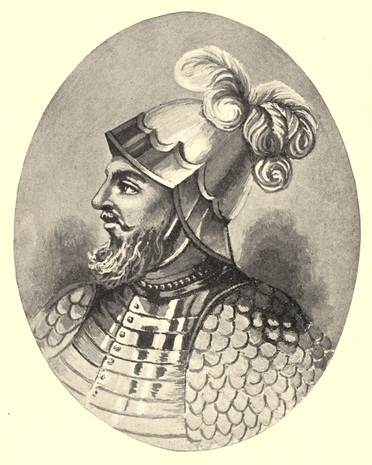 From Wikipedia
From Wikipedia Stay Tuned for Background History Part five, coming November 15, 2015
Sources:
https://en.wikipedia.org/wiki/Americas#Etymology_and_naming
The Origin of the name California:
https://en.wikipedia.org/wiki/Etymology_of_California
The Story of Calafia:
https://en.wikipedia.org/wiki/Calafia
Balboa:
https://en.wikipedia.org/wiki/Vasco_N%C3%BA%C3%B1ez_de_Balboa
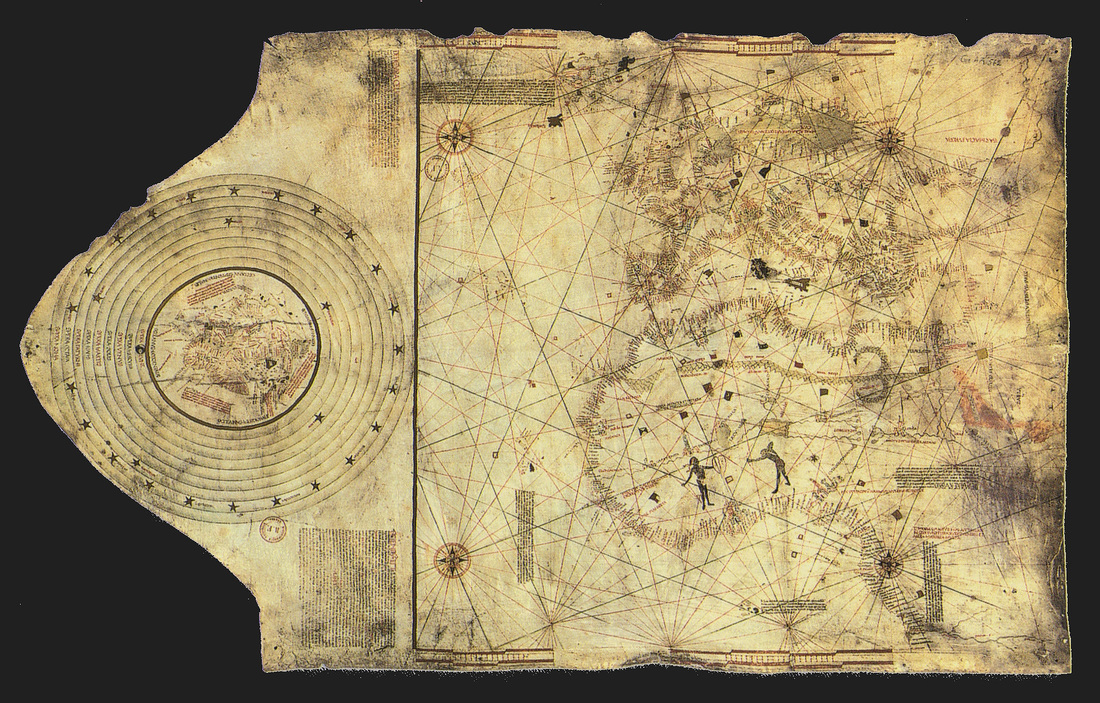
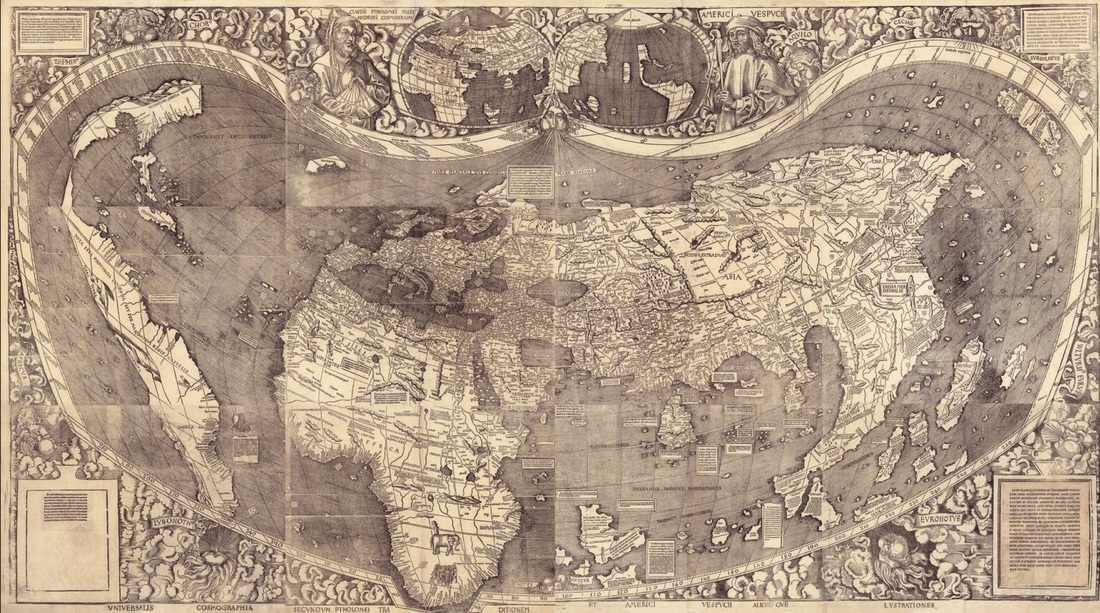
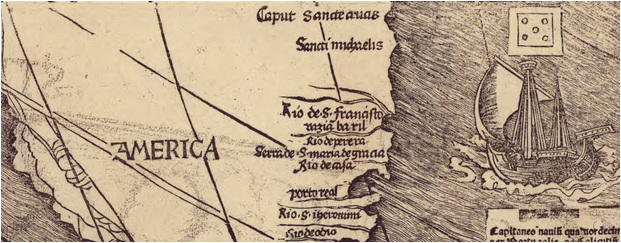
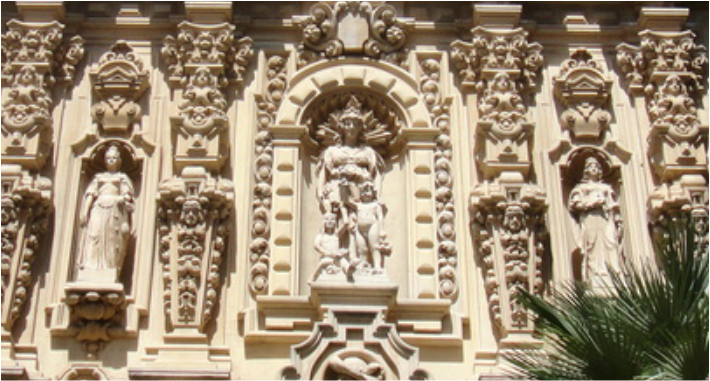
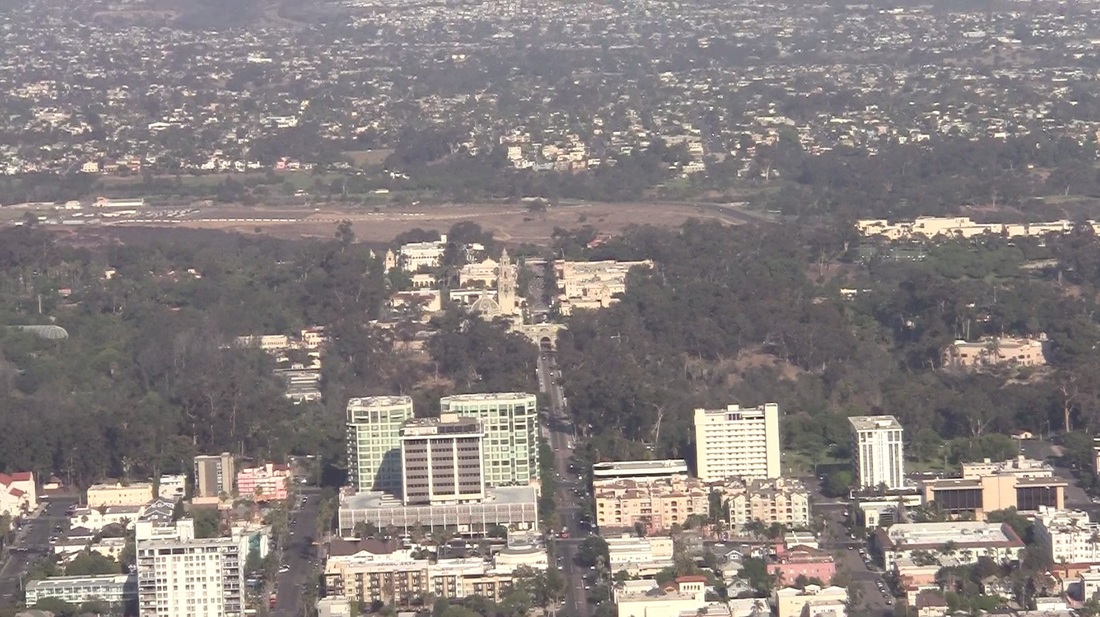
 RSS Feed
RSS Feed